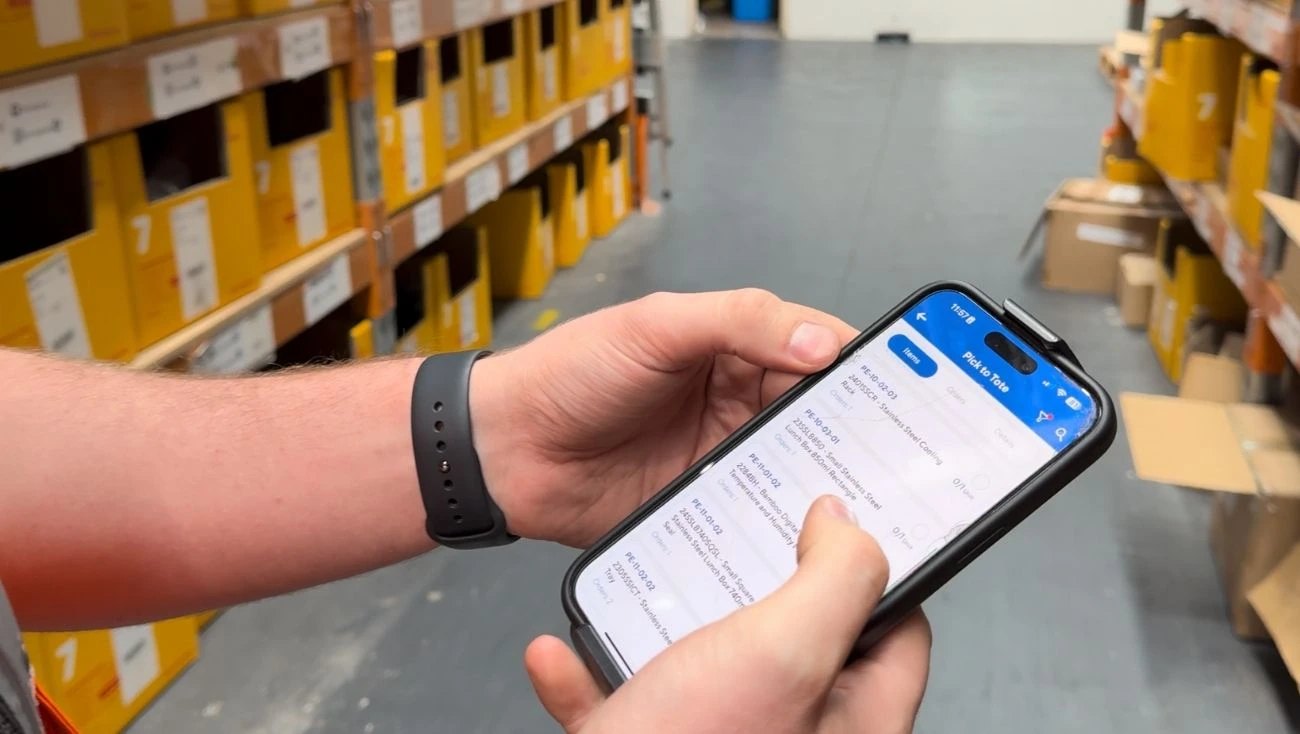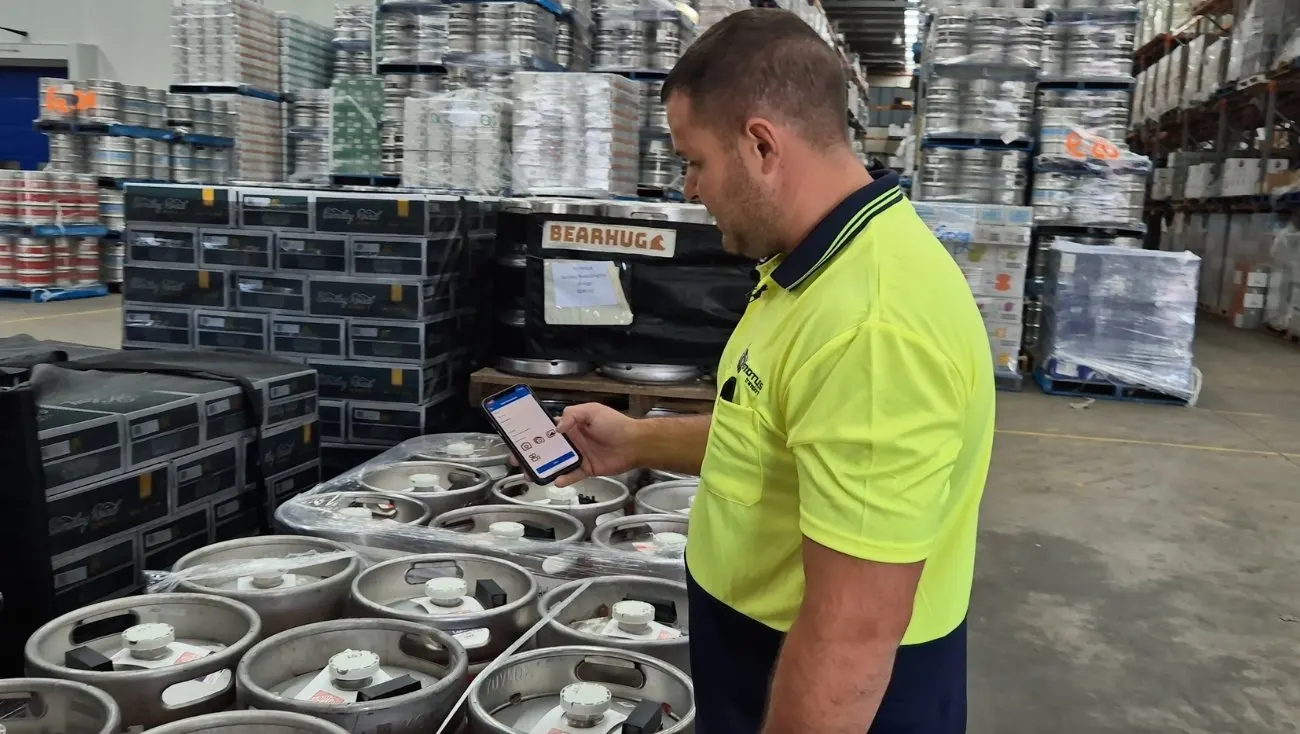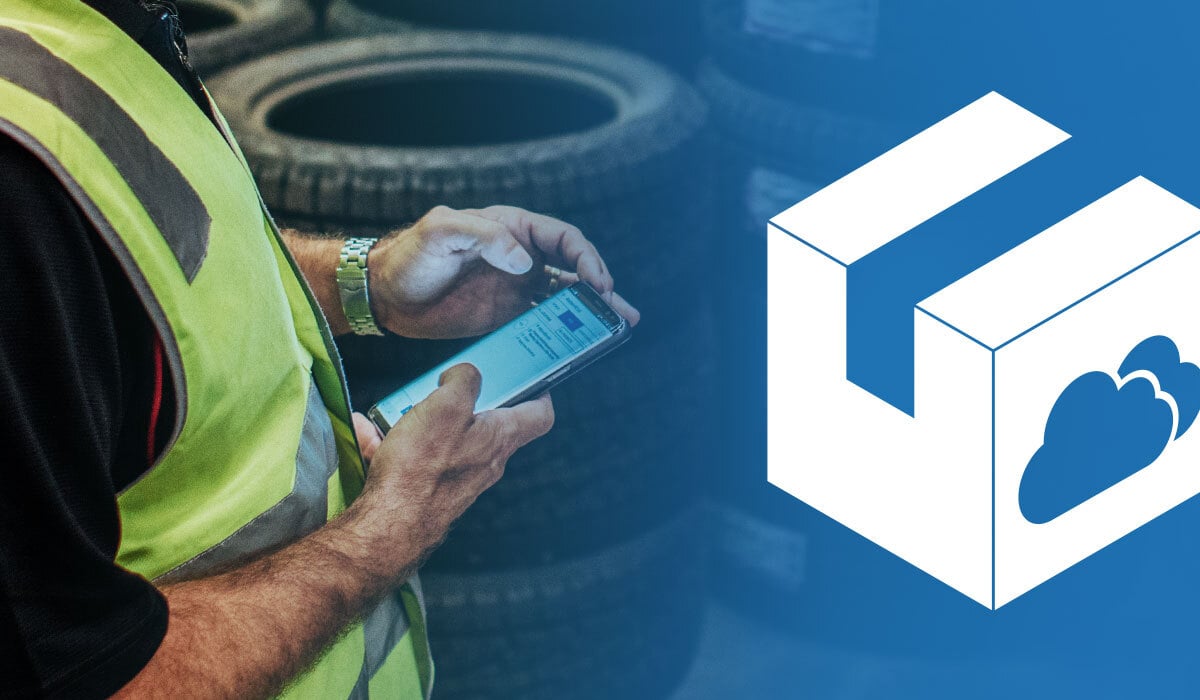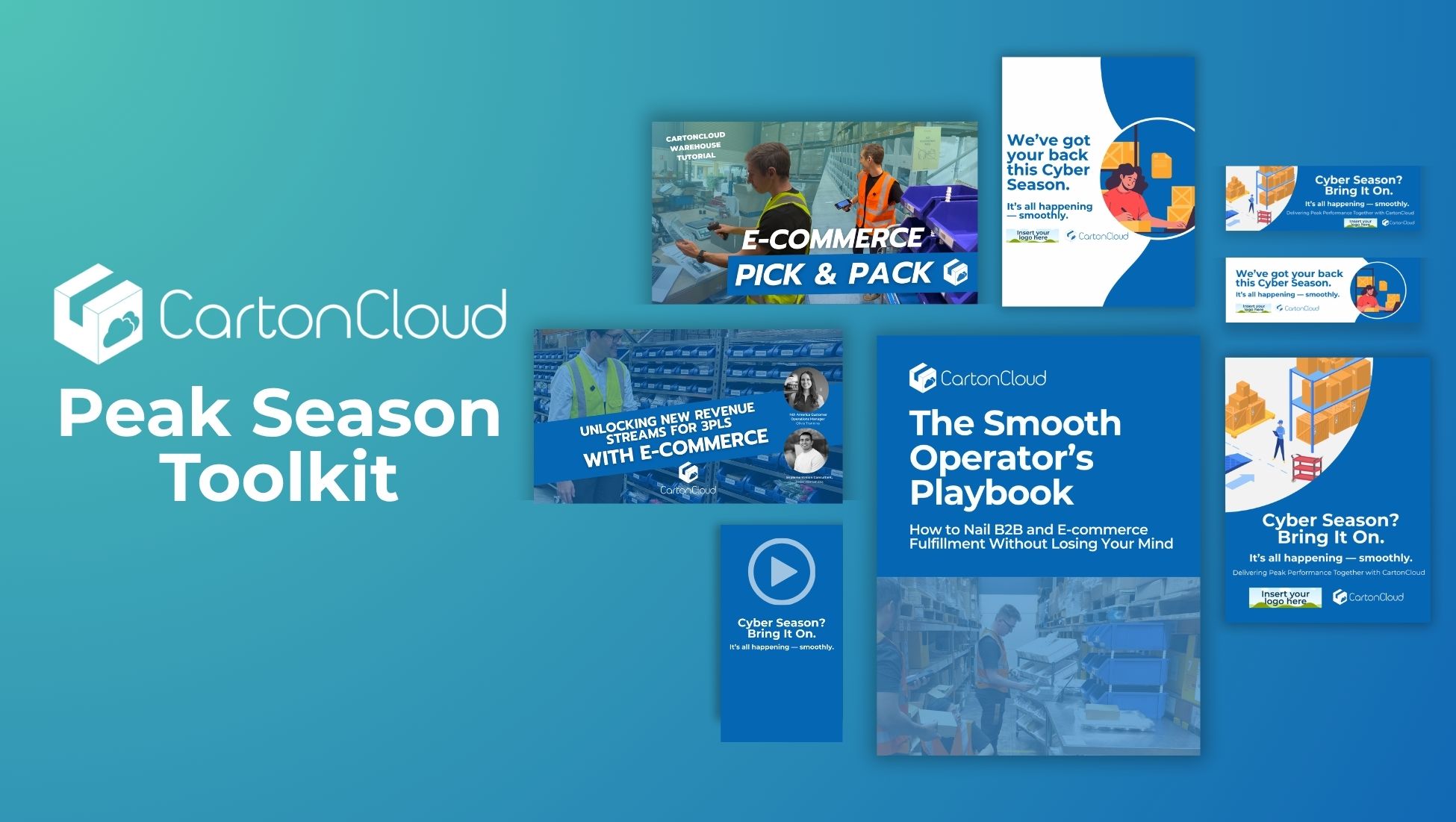Navigating digital logistics for 3PLs

Warehouse physical space, transport vehicle, and freight handling will forever be the bread and butter of logistics. However, the professional service of moving and storing goods, has expanded to encompass so much more.
Modern Third Party Logistics providers not only store and transport goods, but also handle inventory management, receive and process incoming orders, right through to transport and delivery. The very management of logistics services is now a service in itself; helping businesses to navigate supply chains, inventory, order processing, and last-mile delivery.
The rise of the Internet of Things has also created new services, including shipping aggregators, Fourth Party Logistics management (who manage a company’s logistics for them, by connecting with and engaging logistics providers on their behalf), and of course — logistics management software providers like CartonCloud.
The digitization of our industry has allowed for more optimized operations, more accurate communication and partnerships between providers, and greater customer service for end clients.
Digital Logistics has created an entirely new digital realm that logistics providers must navigate to remain competitive.
Orders can be placed online and sent directly to a Third Party Logistics Provider offering a range of options (including packaging, shipping, and timing), to create the appropriate sales orders for the items to be picked and packed, locate the items required (often across multiple warehouses), and once ready for dispatch, generate the according consignments for transport. Adding even more moving parts, the transport consignments can also be managed to be allocated into groups going to a similar location, in order to optimize delivery, saving on transport miles and time.
Meanwhile, the warehouse is likely also to be providing low stock alerts to customers to restock, and transport providers may be providing order tracking and delivery updates, even capturing an electronic proof of delivery that is sent directly to the transport provider and customer with their invoice.
Throughout all of this activity, the Logistics Internet of Things means each step of the order’s journey is captured, documented, tracked and shared between the various partners involved, and provided back to the customer. This allows each player to plan ahead, view their workload, and optimize operations for the most efficient outcome — and provides up-to-date business information for the end client.
In many ways, accurate and up-to-date data has become almost as important as the logistics services being provided. It allows logistics to meet customer expectations for service, timing and tracking; and means each touch point can seamlessly work together. Without digital data flow and software integrations, the logistics network would not work.
Simplify digital logistics with software integrations
Let’s take a look at integrations. Software integrations are simply gateways between different systems allowing data transfer and flow. In logistics, this may include sales orders and purchase orders that can be entered automatically into your system from an online ordering platform or email attachments, sending orders between warehouse and transport services, integrating with freight forwarding services, connecting with accounting software, or other platform integrations.
Allowing data to flow between systems increases data accuracy, allows businesses and partners to plan ahead (with real-time information), and of course, saves hours on manual data entry. It also allows greater flexibility, planning, and customer service — ensuring each person who needs information, can access it with ease.
Streamline multiple warehouses and partnerships
Digital Logistics also refers to the management of information across your own operations. With multi-warehouse operations, it is essential to know what stock is where, have the ability to locate it quickly and efficiently and to send or separate incoming orders for picking/ packing across multiple warehouses.
If your business does cross docking, then you need to be sure your transport management system has the capability to view incoming orders in advance, to sort stock and generate outgoing consignments with the most efficient delivery options. This means integrations for incoming orders and a warehouse management system (WMS) that can connect with a Transport Management System (TMS) to easily build consignments and allocate drivers on the fly.
In a typical transport business consignments may be received through manifests or paperwork which staff have to then go and key into the system or an excel spreadsheet. Within CartonCloud we use tools called parsers to automatically import manifest and consignment information so that no more data entry is required.
Proactive planning with real-time data
Logistics is a fast-paced industry, where many things can change in a day. Working across such an integrated network which relies on the movement of goods between many locations and services also means that when one thing changes, it can impact many other areas very quickly.
This was especially visible with recent port congestion and ripple effects throughout the industry causing delays, supply shortages, and other issues for logistics providers. While many issues are the result of large market actions, with accurate data sharing and access, companies can view and track information in real-time, giving them the most up-to-date data to make decisions, plan ahead, and to create contingencies where needed,
On a smaller scale, when issues happen on the road or on the warehouse floor, CartonCloud’s logistics software can notify your operations manager via the dashboard notifications, meaning they are alerted immediately and can be proactive in solving the issues.
Business Intelligence Data
An additional upside to digital logistics data capture is that you can not only plan ahead based on up-to-date data — you can also review and analyze past data to spot trends, identify business opportunities, or pinpoint areas to reduce waste.
With the right data and analysis, you can use your digital logistics data to track patterns that emerge in inventory volume shifts, frequented delivery locations, or consumer sales habits.
With this analysis, you can look into optimizing processes to save time or resources; or you can even pass on data insights to your customers, sharing their top fast-moving products, popular delivery locations, and more, allowing them to optimize their own business operations. The CartonCloud BI allows you to spot these trends early, enabling you to better position your business and act on opportunities that arise.
Want to know more?
To find out more about how you can start tracking data for supply chain visibility, get in touch with our friendly team today. Book a FREE Demo at a time that suits you, and we will be in touch to look at your operational needs and how our software can support you to grow.
Subscribe to CartonCloud



.webp)
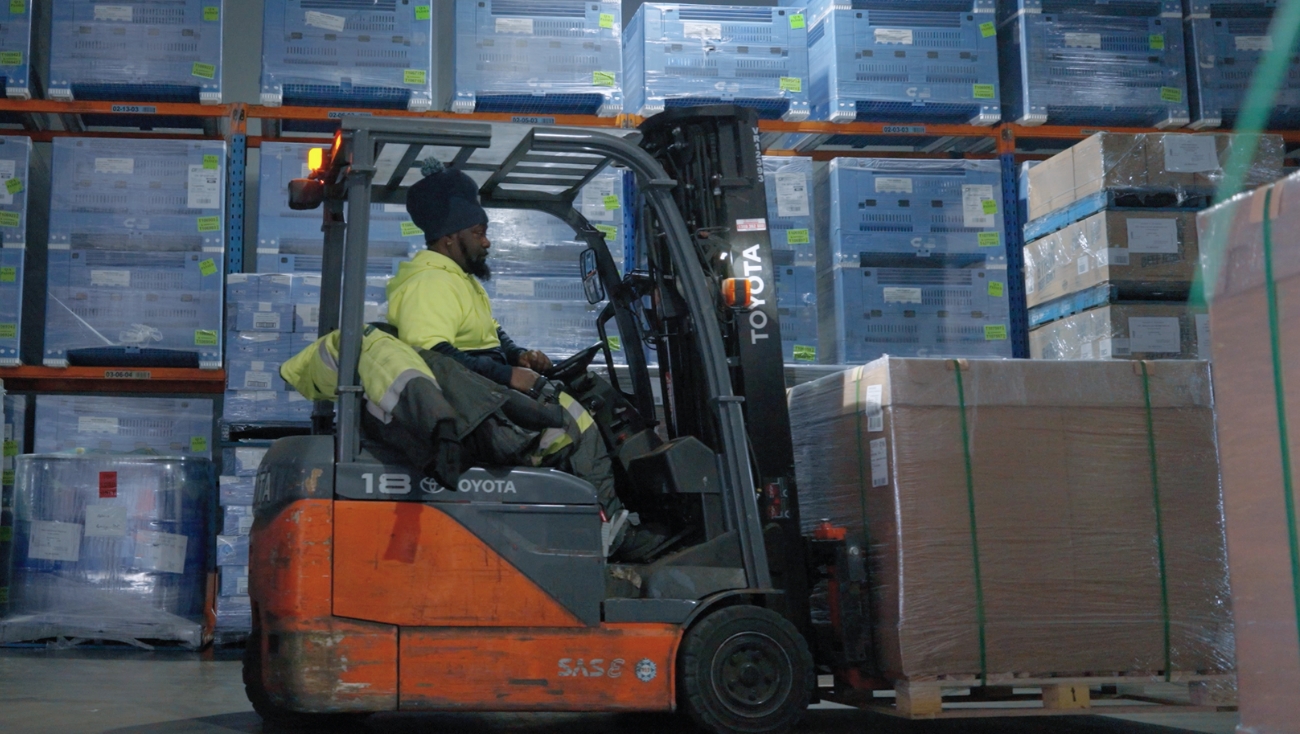

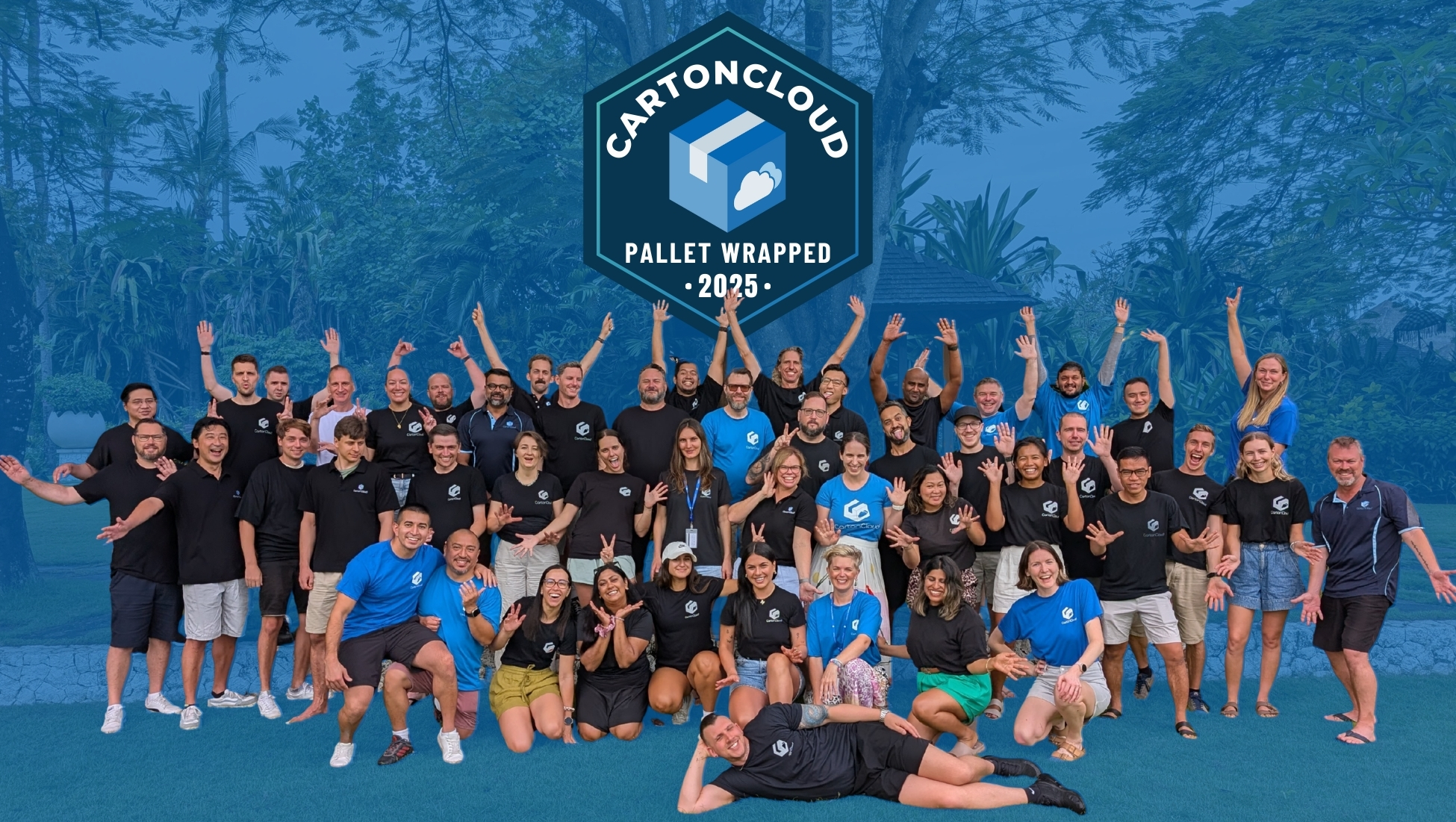
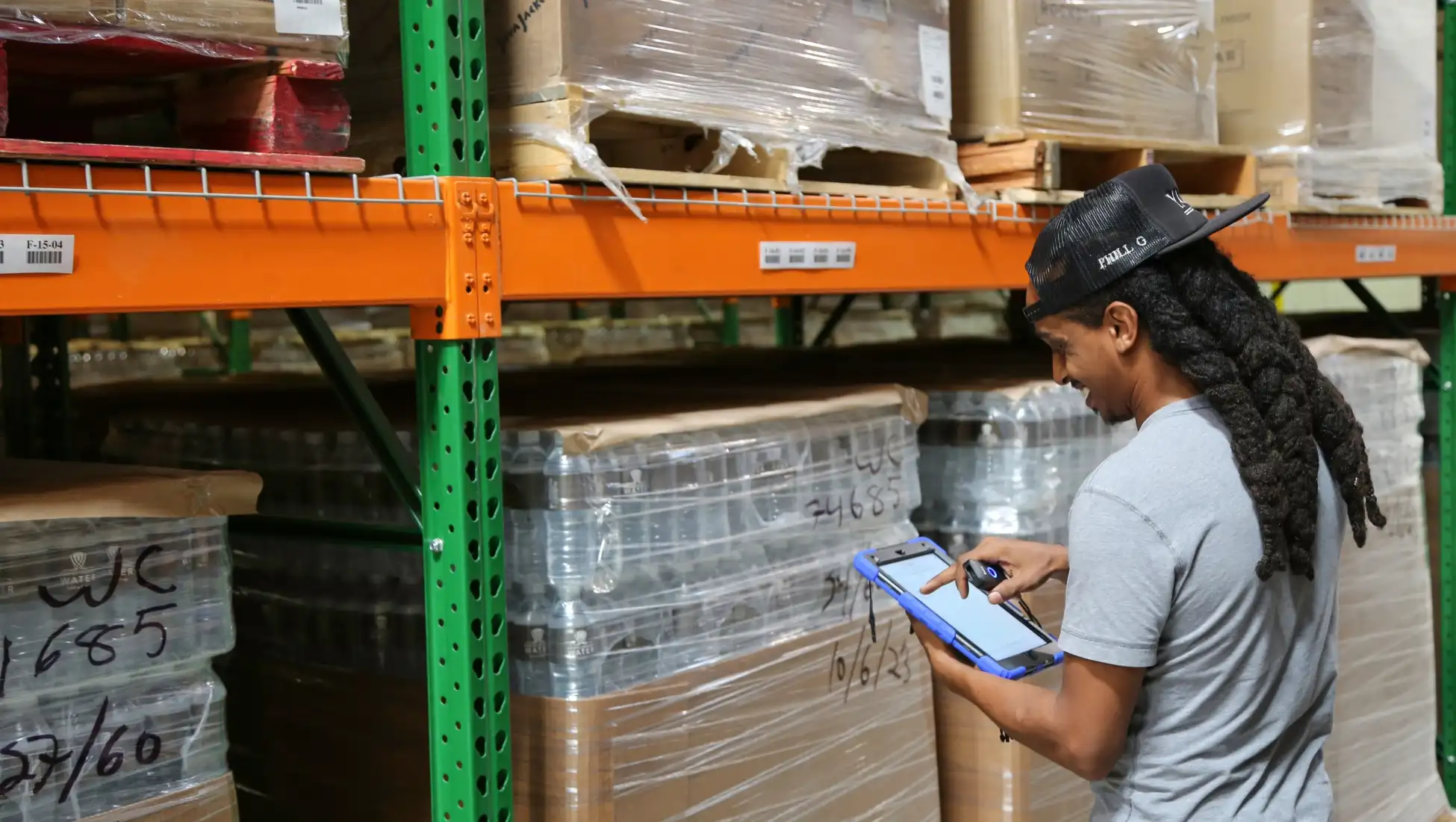
.webp)
